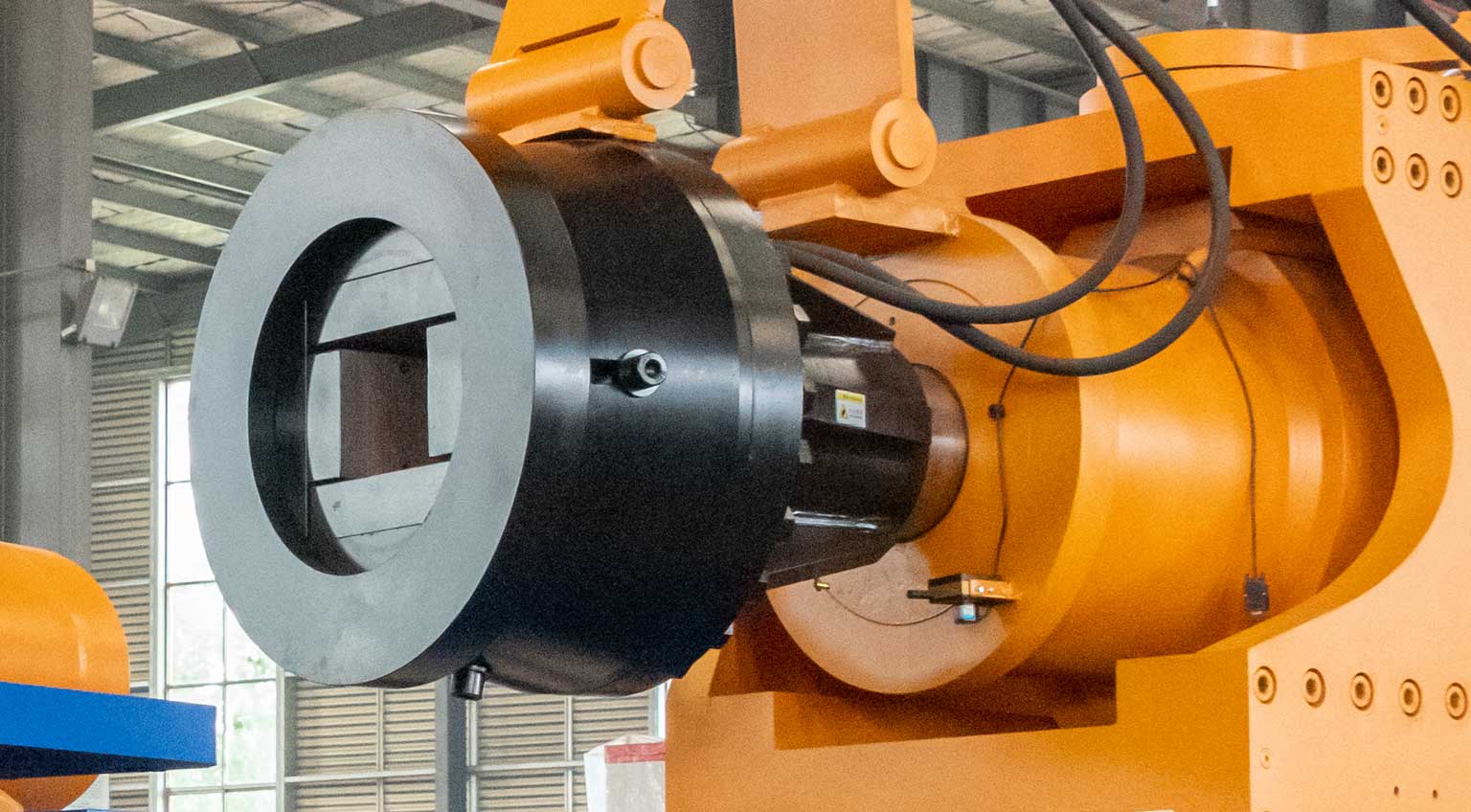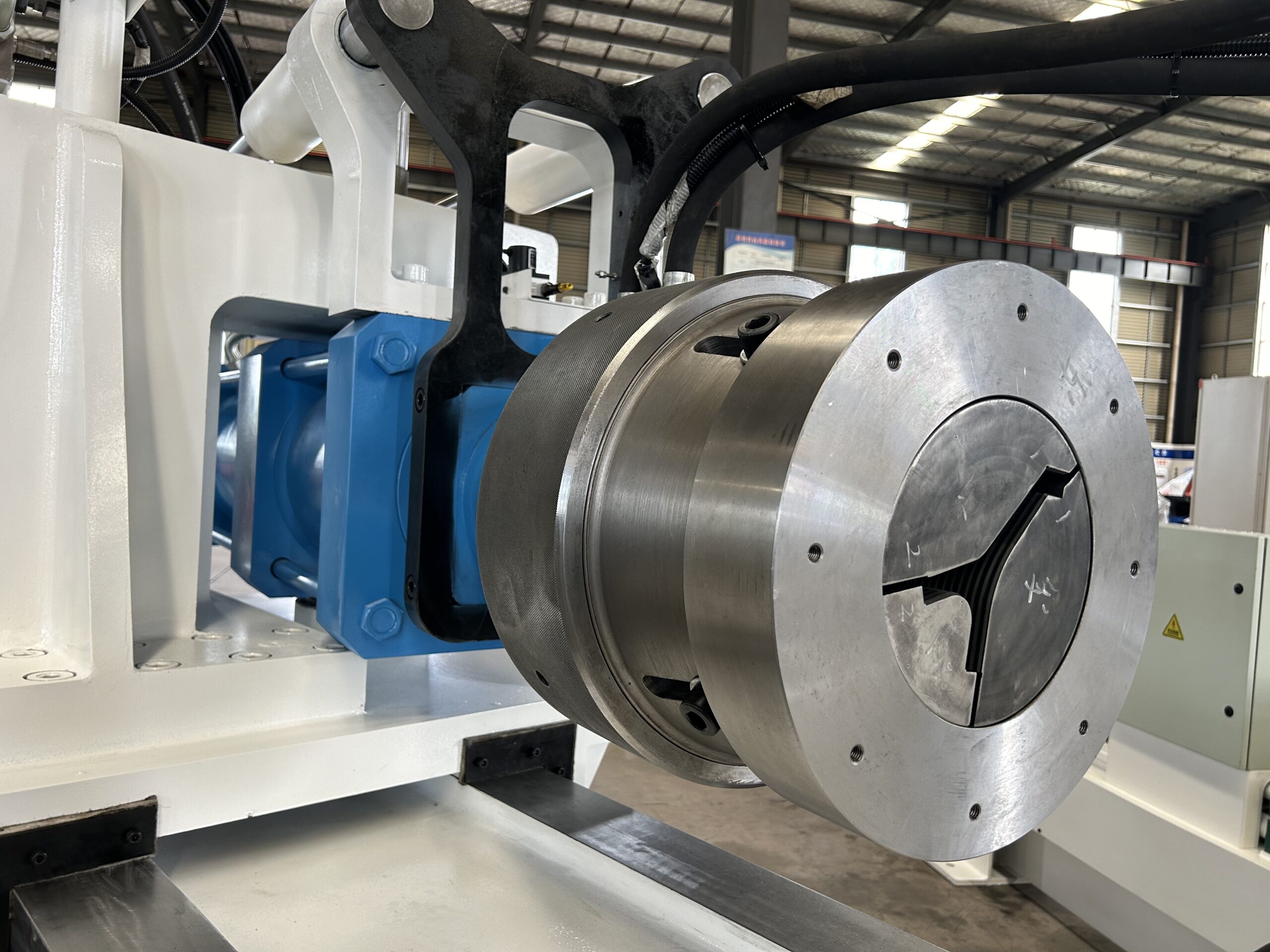Bending aluminum tubing can be done using various methods and tools, depending on the specific requirements of your project. Here’s a general guide on how to bend aluminum tubing:
Tools and Materials You’ll Need
- Aluminum tubing
- Mandrel, sand, filler(polyurethane filler), and there may even be spring steel plates. (for more precise bends, optional)
- Tube bender or pipe bending machine/pipe rolling machine, maybe you can do it with your bare hands.
- Lubricant (for reducing friction)
- Safety equipment (gloves, eye protection)
- Measuring and marking tools
- Heat source, or annealed aluminum tubing (if annealing is required)
Choose the right aluminum alloy tubing to bend




The choice of aluminum tubing depends primarily on the application. The likelihood of obtaining high-quality results when bending aluminum tubing depends on several factors.
One of these factors is the grade of aluminum. Pure aluminum presents almost no issues for any shaping process. These aluminum tubes are very soft and easy to bend. More importantly, they have excellent ductility and workability.
That being said, the characteristics of aluminum alloys make them a better choice for bending and more specific applications.
Based on the aforementioned properties, these aluminum alloy series are highly suitable for bending:
- 3003 series
- 5052 series
- 6061 series
Aluminum alloy tubing temper
For large cavity aluminum profiles or bending processes with a small bending radius, we recommend choosing T3 aluminum tubes and performing an aging treatment after bending.
Different aluminum alloy temper (T3, T4, T5, T6, T7) represent different heat treatment conditions and hardness levels, which will have different effects on the bending properties of aluminum alloys. Here is a brief explanation of the relationship between these temper and bending:
- T3 Temper: The T3 tempe indicates that the aluminum alloy has been naturally aged after solid solution treatment. It is in a softer tempe and is easier to bend. Suitable for applications requiring higher bending properties.
- T4 Temper: The T4 tempe is the result of artificial aging treatment of aluminum alloy after solid solution treatment. It is generally slightly harder than the T3 tempe, but still has good bending properties and is suitable for general bending applications.
- T5 Temper: The T5 status indicates that the aluminum alloy has been artificially aged. It is slightly harder than the T4 tempe, but can still bend to a certain extent, especially for situations where precise bending is not required.
- T6 Temper: T6 tempe is the strengthened tempe of aluminum alloy with higher hardness. In the T6 tempe, aluminum alloy is very hard and has relatively poor bending properties, making it suitable for a small amount of bending or applications requiring high hardness.
- T7 Temper: The T7 tempe is generally not suitable for applications that require bending because it is a reinforced tempe with the highest hardness and is prone to cracking.
Summary
When selecting an aluminum alloy condition, the required mechanical properties and application requirements need to be considered. If a high degree of bending performance is required, T3 or T4 temper may be a better choice. For situations where higher stiffness is required but limited flexural properties are acceptable, the T5 temper may be appropriate. The T6 temper is suitable for applications requiring high stiffness, but may require more careful handling as it has relatively poor bending properties. In general, the T7 temper is not suitable for applications that require bending because its hardness can lead to a tendency to crack.
How to bend aluminum tubing without kinking
However, for certain thin-walled aluminum tubes, these issues are more challenging to prevent. If these aluminum tubes still exhibit wrinkles and/or flattening, sand filling techniques can be used. Fill the tubes and pipes with sand or any other non-compressible material and cap the ends before bending.
Filling aluminum tubes with sand
Filling aluminum tubes with sand is a common technique used to prevent the tube from collapsing or deforming during the bending process, particularly for thin-walled tubes. Here are the steps to fill aluminum tubes with sand for bending:
Steps
- Prepare the Aluminum Tube: Measure and mark the location of the bend on the aluminum tube.
- Fill the Tube with Sand: Insert one end of the aluminum tube into a container of sand. Use a funnel or similar device to pour sand into the tube. Tap the tube gently to settle the sand and add more until it’s filled completely. Make sure there are no air gaps in the sand.
- Seal the Ends: Once the tube is filled with sand, seal both ends with end caps or plugs. These caps should be securely fitted to prevent sand from escaping during the bending process.
- Bend the Tube: Place the tube with the sand-filled ends into a tube bender or pipe rolling machine. The sand inside the tube will help support the inner walls and prevent collapsing as you bend the tube.
- Bend Gradually: Use the tube bender to make the desired bend in the aluminum tube. Apply even and gradual pressure to ensure a smooth bend.
Filling aluminum tubes with sand is an effective method for preventing kinks, flattening, or collapse during the bending process, especially for thin-walled tubes. It provides internal support, allowing for more precise and controlled bends.


